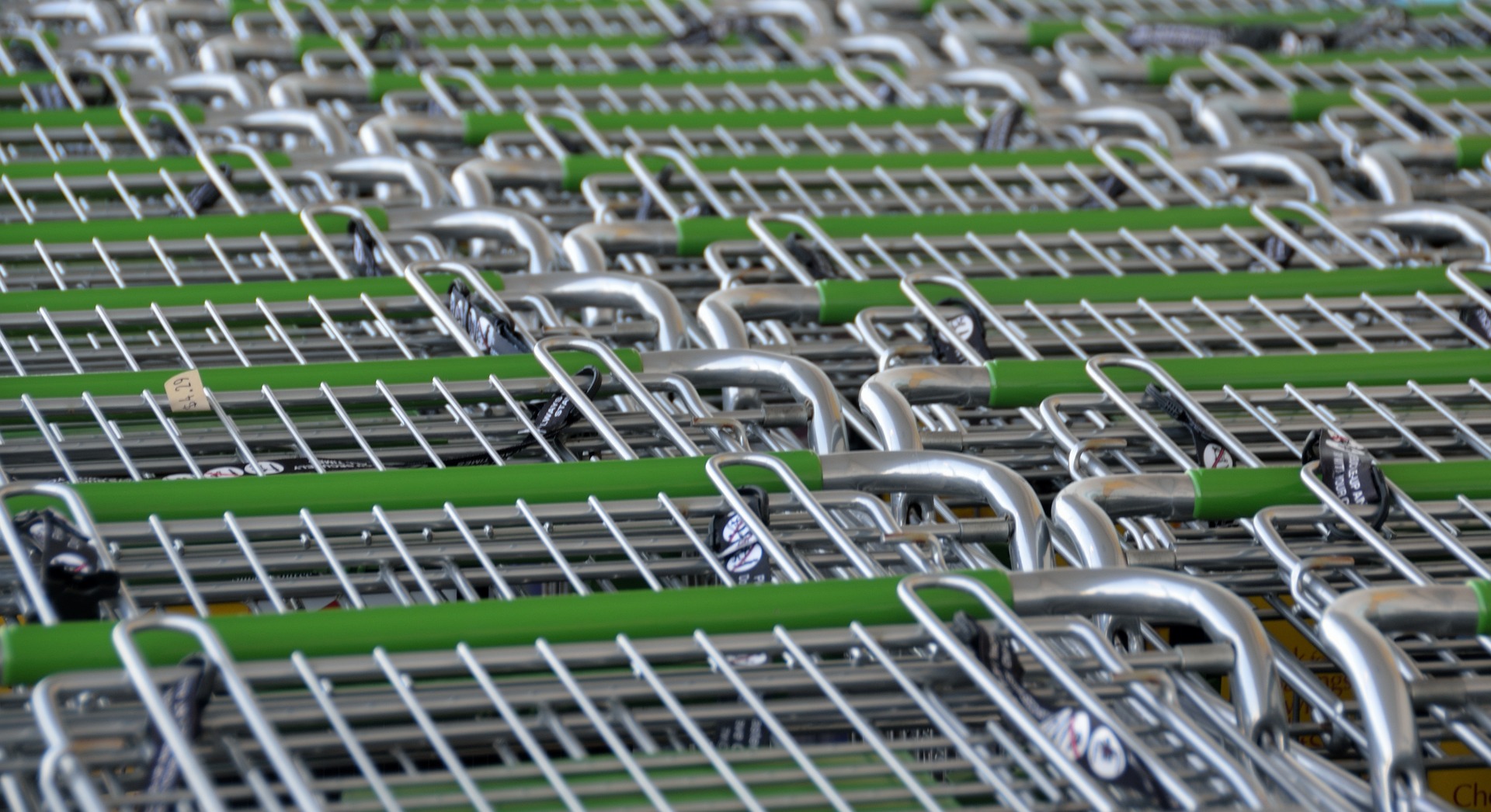Food price inflation fell to 9.6 per cent in September, putting it at its lowest levels since August 2022, according to data from the British Retail Consortium (BRC).
The trade association’s findings indicate an inflation drop of almost two per cent from 11.5 per cent in August 2023 – well below the three-month average of 11.4 per cent.
BRC chief executive Helen Dickinson said the association expects to see food price inflation “continue to fall over the rest of the year”, adding that food prices dropped on the previous month for the first time in over two years due to “fierce competition between retailers.”
“This brought year-on-year food inflation down to single digits and contributed to the fifth consecutive monthly fall in the headline rate, helped by easing cost pressures,” she said. “Customers who bought dairy, margarine, fish and vegetables – all typically own-brand lines – will have found lower prices compared to last month.”
Fresh food inflation also eased in September to 9.6 per cent, having stood at 11.6 cent in August and again coming in at considerably below the three-month average rate of 11.5 per cent. The BRC noted inflation in this category remains elevated, although it is now at its lowest since July 2022.
Ambient food inflation dropped to 10.4 per cent from 11.3 per cent in August – below the three-month average rate of 11.2 per cent and at its lowest since November 2022.
While buoyant about the falling inflation rates, Dickinson noted there were still “many risks to this trend”, including high interest rates, climbing oil prices, global shortages of sugar, as well as the supply chain disruption from the war in Ukraine.
“Retailers will continue to do all they can to support their customers and bring prices down, especially as households face being squeezed by higher energy and mortgage bills,” she concluded.
Latest News
-
Morrisons sets 2050 net-zero goal across entire value chain
-
Shoppers spurned credit cards in 2024 due to high interest rates, finds BRC
-
Build-A-Bear partners with Uber Direct for same-day deliveries
-
Primark taps Aldi UK for its new digital transformation director
-
Waitrose to roll out electronic shelf labels across all stores
-
John Lewis to open 3 in-store hospitality spaces
Beyond Channels: Redefining retail with Unified Commerce
This Retail Systems fireside chat with Nikki Baird, Vice President, Strategy & Product at Aptos will explore how unified commerce strategies enable retailers to tear down these barriers and unlock new levels of operational agility and customer satisfaction.
The future of self-checkout: Building a system that works for consumers and retailers
In this webinar, industry leaders discussed what the future of self-checkout looks like and how retailers can make the technology work for everyone.
© 2024 Perspective Publishing Privacy & Cookies












Recent Stories